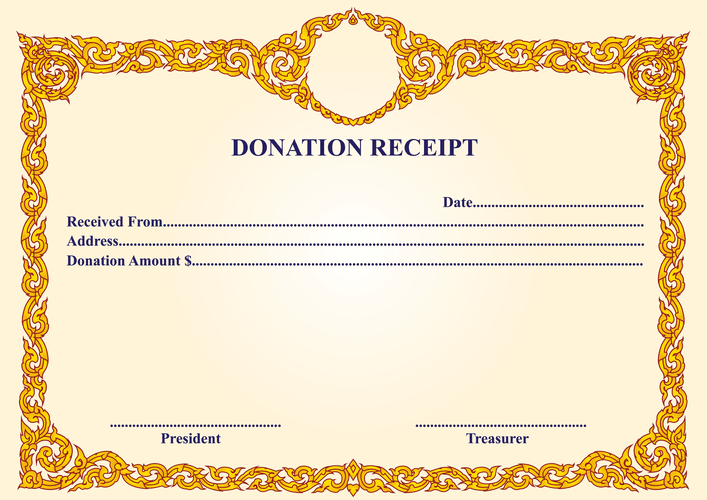
When you add these numbers together ($1.50 plus $1.75 plus $0.50), this would make your total cost of goods sold $3.75 and the cost of your ending inventory $1 (20 dice at 5 cents apiece). The retail method works only https://www.bookstime.com/ if the retailer’s markup on the inventory is consistent across their entire inventory. If items are marked up at different percentages, the retail method will not give you an accurate value of your inventory.

Grocery Store Financial Model Excel Template
Inventory audits are a way to keep your finger on the pulse of your operations. You should perform full inventory counts and intermittent cycle counts to get a full picture. How many times does your store sell through its entire inventory in a year? A high inventory turnover rate indicates strong demand and minimal excess stock. When your employees stack shelves, they’ll also put the older stock at the front. With up-to-date inventory records and visibility of products to the SKU level, you can track expiry dates and optimize rotation and markdowns on perishable items.
- In this case, 15 of the 50 dice you’ve sold would have cost 10 cents ($1.50), 25 of the dice cost 7 cents ($1.75), and 10 dice cost 5 cents ($0.50).
- Using an automated accounting system can make this process more precise and manageable.
- This organization also makes it easier to compare your business performance to industry benchmarks and identify areas for improvement.
- This means keeping detailed records of sales, invoices, payments, refunds, and other transactions.
Post navigation
By using this formula, you can easily calculate the selling price of each product in your grocery store, ensuring that you’re making the desired profit while also remaining competitive with other stores in the area. The next step in calculating prices in a grocery store is to determine your desired margin or markup, or the amount of profit you want to make on each product. The desired markup or margin will depend on a variety of factors, including your overall business goals, your competition, and market conditions. You have made sales of $20,000 and purchases of $5,000 inventory during the quarter. Now to find out the inventory’s value, you will indulge in shop accounting.
Operations of sales accounting when determining the purchase price for purchase prices
- Managerial accounting is crucial for understanding the operations of a business.
- It’s also predicated on a consistent markup, which doesn’t work well if you have sales [promotions] or radical differences in markup between products,” says Zach.
- This has the potential to save you hours of admin when it comes to preparing your tax return.
- Your accounting software should seamlessly integrate with your point-of-sale system, providing real-time updates and insightful reports.
With features tailored specifically for grocery stores, these software solutions will make your life easier and more enjoyable. In conclusion, finding the best accounting software for your grocery store can be a breeze with the wide range of options available. These cost-effective options not only save you money but also offer the convenience and flexibility of cloud-based solutions. Transitioning to these platforms will ensure smoother financial operations in your grocery store without compromising on functionality or efficiency. With the ability to automate repetitive tasks like inventory management, payroll, and tax calculations, you’ll have more time to focus on other important aspects of running your business.

Following the FIFO method, you’ll take 30 and multiply it by 0.05 and add that to 20 multiplied by 0.07. The cost of goods sold is $2.90, and the cost of your ending inventory (the inventory you have left) is $1.85 (five dice at 7 cents plus 15 dice at 10 cents). The FIFO method would be best to use in this scenario if customers took dice out of the bottom of your bucket. Let’s assume you took a physical inventory count at the beginning of the quarter, and you know the actual cost of your inventory as of that date was $80,000.
But depending on the needs of your business, the drawbacks may outweigh the speed and ease of the retail method. Sign up for our newsletter to receive thought leadership, labor management news, and timely insights from industry experts. This information helps you make informed decisions about pricing strategies, cost-cutting measures, and identifying areas where improvements can be made. It also aids in preventing overstocking or understocking issues, ensuring that you always have the right amount of products on hand. Some common methods for valuing and counting inventory are First In, First Out (FIFO); Last In, First Out (LIFO); and Weighted Average Cost.
Because the 30 dice at 5 cents each were ordered first, you’ll match this against your inventory and assume that 30 of the dice you sold cost 5 cents each. You’ll then assume that the next 20 you sold were from the second order, meaning those dice cost you 7 cents each. We believe everyone should be able to make financial decisions with confidence. Luke O’Neill writes for growing businesses in fintech, legal SaaS, and education.
Recent Posts
- When considering the right accounting software for your grocery store, it’s important to evaluate factors such as scalability and integration capabilities.
- As such, you can identify and monitor trends in your inventory and make informed decisions about restocking to ensure you have the right amount of goods at the right time.
- A high inventory turnover rate indicates strong demand and minimal excess stock.
- For the sake of simplicity, we do not calculate depreciation and amortization; however, you can add them manually in this table.
- Next, barcode scanners facilitate the real-time inventory tracking we mentioned in the previous section.
One of the essential tools for managing a grocery store’s finances is a Chart of Accounts (COA). A well-structured COA not only helps you organize your financial transactions but also enables you to track your expenses and revenue more efficiently. In this article, we will discuss grocery store accounting the importance of a COA in grocery store financial management and provide an example COA template along with an account hierarchy. Cost accounting method is another method that retail stores can use, but it’s slightly different from retail accounting and has its own advantages.
reviews for Grocery Store Financial Model Excel Template
Continue your journey by learning how to account for sales transactions and track COGS efficiently. Unless you prefer to calculate inventory manually, the best way to track the inventory in stock is with the perpetual method. This method allows you to keep track of the items you sell as changes occur with a fully integrated point-of-sale (POS) system. The retail method of accounting is a key method that allows retailers to avoid taking physical inventories and determine the value of their inventory, potentially improving their accounting practices over time. The retail method calculates the value of ending inventory by adding beginning inventory and any new purchases.







